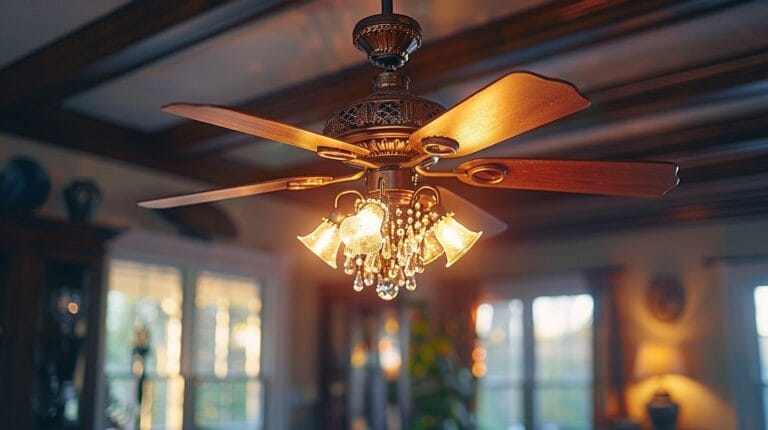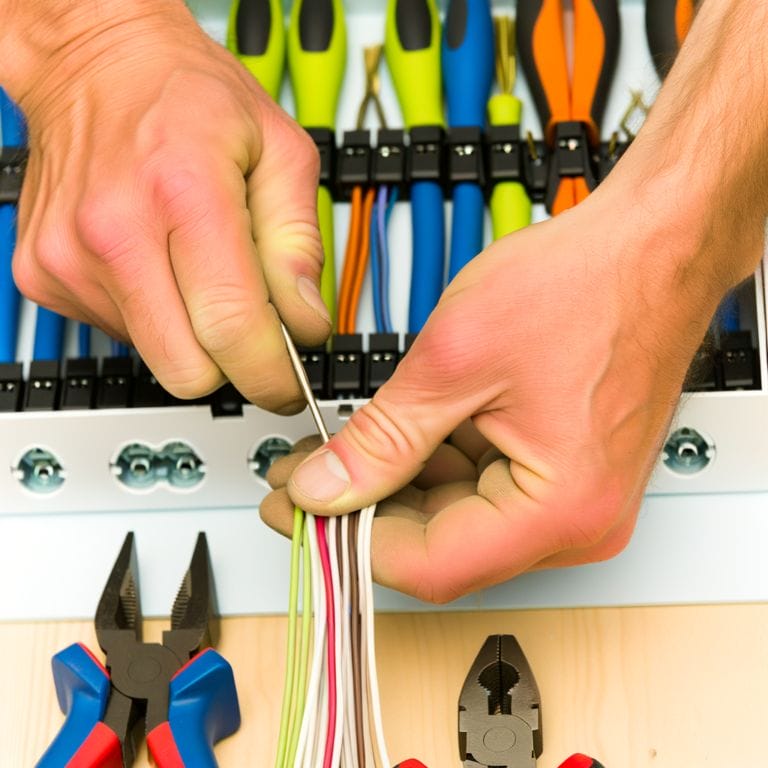What Are Boat Risers: Your Comprehensive Riser Guide
A chain is only as strong as its weakest link. In the realm of marine engines, this link is often the boat riser. So, what are boat risers? Our guide enlightens you on what these key water cooled components are, their significance, and their profound effect on your boating experience.
Key Takeaways
- Boat risers are essential components of the exhaust system, preventing water backflow and reducing exhaust gas temperature.
- Stainless steel risers are recommended for harsh sea conditions, while cast iron risers may suffice for freshwater or smaller engines.
- Boat risers come in three shapes (straight, angled, and elbow) and have specific water passages for cooling exhaust gases.
- Regular inspection, maintenance, and replacement of boat risers are crucial for preventing issues, ensuring safety, and prolonging the lifespan of the boat.
Understanding the Role of Boat Risers in Marine Engines

Boat risers and their associated exhaust hoses significantly influence the performance and operation of water-cooled marine engines. They are a crucial part of the exhaust system, facilitating the smooth expulsion of exhaust gases. But, they’re more than just a conduit — they’re a key to more efficient marine engines.
Boat risers prevent water from back-flowing into the engine. They allow cooling water flow to mix with the exhaust gases, creating a water-cooled exhaust. This process drastically reduces the temperature of the exhaust gases. The connection between boat risers and exhaust manifolds is also critical. These two components work together to ensure that the exhaust gases are efficiently expelled, preventing potential engine damage due to water back-flow.
Understanding the functions and impacts of boat risers is a step forward in an age of innovation. By understanding these components, we can envision marine engines that are more efficient, reliable, and environmentally friendly, decreasing the chances of engine failure.
Different Types and Materials of Boat Risers

Boat risers are primarily made from either stainless steel or cast iron. Stainless steel risers are renowned for their corrosion resistance, making them an optimal choice for minimizing the risk of riser failure. Despite their higher cost, their durability can reduce the need for frequent manifold replacements.
Alternatively, cast iron risers with a corrosion-resistant water jacket are an economical option. While not as robust as stainless steel, they suffice for inboard engines that don’t require high corrosion resistance. However, they are more prone to riser failure due to their susceptibility to rust, especially in saltwater environments.
Your choice between stainless steel and cast iron largely depends on your engine type and the conditions in which your boat operates.
Exploring the Anatomy of a Boat Riser

Let’s now delve into the intricate anatomy of a boat riser, examining the various shapes, how it forms a unified system with the manifold, and the internal structure. A boat riser, a crucial component of the marine exhaust system, directs water and exhaust gases from the engine through the exhaust to the outside of the boat.
- Shapes: Boat risers come in three basic shapes: straight, angled, and elbow. The straight riser is a simple, linear tube. The angled riser, as the name suggests, has a bend, usually at a 45-degree angle. The exhaust elbow, a common type of riser, incorporates a sharp, 90-degree turn, ideal for tight engine compartments.
- Unified System with Manifold: The riser and manifold work together, forming an integrated system. The manifold collects exhaust gases from the engine’s cylinders and channels them into the riser. They’re typically secured together by a bolt and sealed off with a gasket to prevent leaks.
- Internal Structure: Inside, the riser has specific water passages. These allow for cooling water to mix with the exhaust gases, reducing their temperature before they exit the boat. This design can be either wired or naturally vented, offering different benefits in terms of efficiency and maintenance.
Detecting and Addressing Riser Issues in Boat Engines

Leaks, corrosion, and high temperature are prevalent issues with boat risers. To detect leaks, perform regular visual inspections and use advanced leak detection methods. Detecting a leak early can prevent more significant engine damage.
Corrosion, due to constant exposure to water and high-temperature gases, can also occur over time. Regular checks for signs of corrosion, like discoloration or pitting, are essential.
Monitory maintenance is critical in identifying and dealing with issues related to riser pipes, such as corrosion. Regular checks and prompt repairs can save from costly replacements and potential safety hazards.
Can Boat Risers Affect Standing Wave Ratio?
When it comes to analyzing the impact of boat risers on standing wave ratio, it’s important to refer to a standing wave ratio formula article. This article can provide valuable insights into how boat risers may affect the standing wave ratio and help in making informed decisions about boat modifications.
Optimum Maintenance and Replacement of Boat Risers

Navigating the world of boat riser maintenance and replacement can significantly enhance your boat’s longevity and performance, and also help determine the potential risk of an engine clog leading to engine failure.
It’s essential to understand that boat risers aren’t just a component; they play a pivotal role in preventing engine damage. Optimum maintenance and regular inspection of these parts are crucial, and their timely replacement can save you from costly repairs down the line.
Now, let’s discuss three keys to ensuring the optimum maintenance and replacement of boat risers:
- Regular Inspection: Regularly inspect your boat risers and exhaust pipes for any visible signs of wear, tear, and corrosion. Look for corrosion, cracks, or leaks, as these can lead to serious engine damage. Frequent inspection facilitates the early detection of problems like corroding pipes, allowing steps to be taken to prevent them from worsening.
- Timely Maintenance: Regular maintenance goes hand in hand with inspections. Cleaning the risers, ensuring they’re rust-free, and checking their alignment should be part of your maintenance routine. These steps will increase the life of your boat risers, offering you a smooth and hassle-free boating experience.
- Replacement Cycle: Even with optimum maintenance, boat risers won’t last forever. Understanding the replacement cycle of both boat risers and hoses is essential. Make sure you replace the risers as per the manufacturer’s recommendations or whenever you notice significant wear and tear.
Conclusion
In sum, we’ve delved into the world of boat risers, their integral role in marine engines, the diverse types and materials, and their structure.
In addition to that, we’ve also discussed how to identify and manage pipe issues, how to keep water from backing into the system, and the best practices for maintenance, including when to replace the manifolds.
Keeping these insights in mind, we can ensure our boat’s engine functions seamlessly, extending its lifespan and enhancing our boating experience.
Remember, understanding our boat better leads to smarter, safer sailing.
Frequently Asked Questions
What are exhaust manifolds and risers?
Exhaust manifolds and risers, critical parts of a boat’s exhaust system, help keep water from getting into the engine. The exhaust manifold collects exhaust gases from the engine and guides them to the risers, which then release the gases into the water, preventing them from building up in the engine compartment.
How do exhaust manifolds and risers work?
The exhaust manifold gathers exhaust gases from the engine cylinders and channels them into the risers. The risers are then responsible for releasing the gases into the water, allowing them to disperse harmlessly into the environment.
What are the common materials used for exhaust manifolds and risers?
Exhaust manifolds and risers are most commonly made of cast iron or stainless steel. Cast iron is durable and economical, while stainless steel offers better resistance to corrosion.
How long do exhaust risers last?
The lifespan of exhaust risers can vary depending on usage and maintenance, but they typically last around 4-5 years. However, regular inspection and maintenance can help extend their longevity.
What are the signs of a leaking exhaust manifold or riser?
A: Common signs of a leaking exhaust manifold or risers include overheating, water leaking into the hull, or exhaust fumes backing up into the engine compartment.







